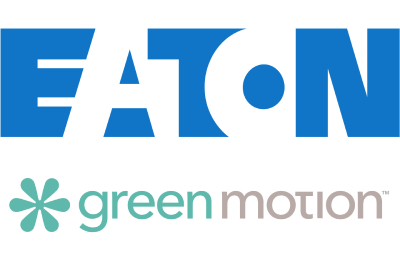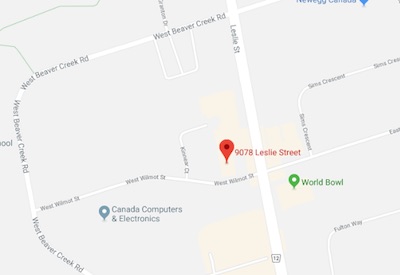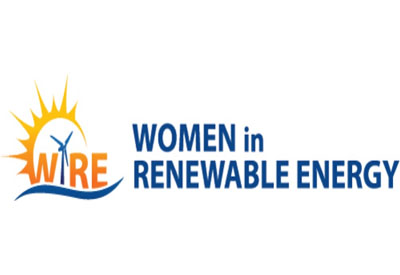Interim Order Regulating UV Radiation-Emitting and Ozone-Generating Devices Under the Pest Control Products Act: Overview

September 7, 2021
Issue
More ultraviolet (UV) radiation-emitting and ozone-generating devices such as lights and wands have become available for sale in Canada since the COVID-19 pandemic. Some of these devices are marketed to kill bacteria and viruses, including SARS-CoV-2, the virus that causes COVID-19.
The devices are sold for use:
On many surfaces and objects in the home, including:
- keys
- cell phones
- remote controls
- in water, such as humidifiers
- in the air in small- to large-sized rooms
Devices that claim to reduce or kill viruses must be registered or authorized to ensure they meet Canadian health and environmental standards.
Health Canada has not received enough evidence to confirm that these devices are safe for users and the public or that they are effective. These devices have not been evaluated against the requirements of the Pest Control Products Act (PCPA). They may, therefore, pose a serious health and safety risk.
The risk is that Canadians may rely on unsafe and unproven products in the belief that they are protecting themselves from COVID-19. This false sense of security may result in people not following proper disinfection procedures. Thus, they may, be accidentally putting themselves at risk.
For example:
- exposure to UV light from UV radiation-emitting devices may cause serious injuries, including severe burns to the skin and eyes
- inhaling ozone from ozone-generating devices may impair lung function, irritate respiratory pathways, inflame pulmonary tissues or cause irreversible lung damage
If you have a UV radiation-emitting wand that claims to prevent COVID-19 or claims to kill bacteria or viruses on surfaces or objects, stop using it immediately, especially if it is for use on the skin. Health Canada’s advisory warns Canadians about the risks of using UV lights and wands that make unproven claims to kill SARS-CoV-2.
Consult a health care professional if you have used these devices on the skin and have any concerns.
UV radiation-emitting or ozone-generating devices should not be used as a substitute for infection prevention measures, such as:
- frequent hand washing
- physical distancing
- mask-wearing
- cleaning and disinfecting
The Government of Canada has published a list of hard-surface disinfectants and hand sanitizers that meet Health Canada’s requirements.
Purpose of the interim order
The Interim Order to regulate certain ultraviolet radiation-emitting devices and ozone-generating devices under the Pest Control Products Act came into effect on June 7, 2021. Its purpose is to address the serious health and safety concerns of UV radiation-emitting or ozone-generating devices marketed in Canada, mainly for use in domestic dwellings.
This interim order (IO) clarifies that certain UV radiation-emitting and ozone-generating devices are subject to the Pest Control Products Act (PCPA) and its Regulations. The devices subject to the IO claim to control, destroy, make inactive or reduce the level of bacteria, viruses, and other micro-organisms that cause diseases in humans.
Specifically:
- UV radiation-emitting devices where the UV lamp is fully shielded or enclosed in the device to prevent exposure to UV radiation may be authorized to be sold or used without being registered if they meet certain requirements.
- Certain other UV radiation-emitting devices and ozone-generating devices must be registered by Health Canada’s Pest Management Regulatory Agency (PMRA) before they are allowed to be sold or used in Canada.
All such devices must meet labeling requirements. Product label information is intended to clearly instruct users on how to use pest control products safely and in such a way as to avoid risk.
About the Pest Control Products Act
Health Canada’s PMRA is the regulatory authority in Canada responsible for regulating pesticides (pest control products) under the authority of the PCPA and its Regulations. Pest control products must be registered by the PMRA, or otherwise authorized under the PCPA, to ensure they meet Canadian health and environmental standards.
The PMRA’s primary mandate is to:
- protect the health of Canadians and the environment
- ensure that the products in the marketplace are safe and effective
The PMRA does this by regulating products used to control pests, which can include bacteria, viruses, fungi, and mold.
All pest control products manufactured, imported, distributed, or used in Canada:
- must be registered or otherwise authorized by the PMRA under the authority of the PCPA before they can be imported, sold, or used in Canada
- are subject to rigorous science-based assessments by Health Canada scientists before being approved for use in Canada
- are re-evaluated on a cyclical basis to make sure they continue to meet current health and environmental safety standards and continue to have value
- must bear the Canadian label and be used according to label directions
Unregistered or unauthorized devices are prohibited and may be subject to compliance and enforcement action.
All UV radiation-emitting or ozone-generating devices registered by Health Canada are listed in the Pesticide Product Information Database. To confirm if a particular UV radiation-emitting device meets the conditions to be authorized without the need for registration, consult the manufacturer of the device. You should not use the device until you can confirm that it is compliant with the PCPA.
Related regulatory authorities
Whether they are classified as pest control products, medical devices, or consumer products, all products that emit UV radiation are governed by the Radiation Emitting Devices Act (REDA). The REDA governs the radiation safety of devices that emit electromagnetic or acoustical radiation, including UV radiation. While the types of UV radiation-emitting devices that would be subject to this IO do not fall into any of the prescribed device classes under the Radiation Emitting Devices Regulations, the general requirements of REDA apply to all products that emit UV radiation.
For more information about REDA requirements, contact the Consumer and Clinical Radiation Protection Bureau by email at hc.ccrpb-pcrpcc.sc@canada.ca.
To replace a lamp (for example, mercury vapor or light-emitting diodes (LEDs)) contained in a UV device, follow the instructions in the device’s operating manual. Dispose of or recycle the lamp according to local applicable laws.
















